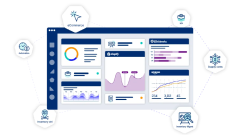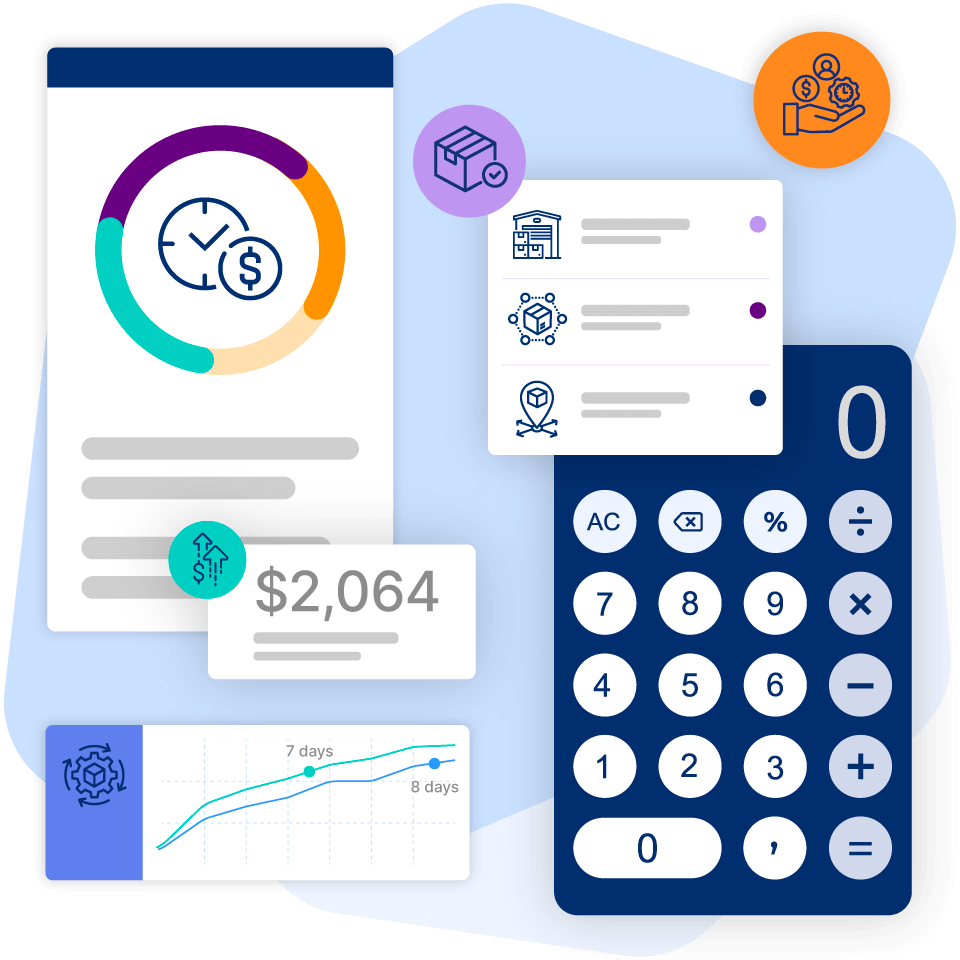Information System
Definition:
An information system is an integrated and coordinated network of components that combines computer hardware and software to convert data into a useful set of information.
Any amount of data with basic values or facts is of no use until organized into a database and analyzed into insightful information that can answer questions or solve problems. An information system is that unit consisting of people, processes, machines and information technology that organizes and analyzes data towards producing, distributing and processing information.
Types of Information Systems
Understanding the different types of information systems is crucial for businesses and organizations to operate efficiently. Below are the primary categories:
- Management Information Systems (MIS): These systems help in managing data and generating reports for decision-making processes. They are vital in business operations, providing insights into financial management, project management, and customer data.
- Decision Support Systems (DSS): DSS aids in complex decision-making by analyzing large datasets. It integrates with data analytics and business intelligence to offer actionable insights.
- Transaction Processing Systems (TPS): TPS handles daily business transactions like sales, receipts, and payroll. It is essential for maintaining real-time accuracy and supporting other systems like industrial control systems.
Specialized Systems: These systems, such as industrial process control systems and environmental control systems, are tailored to specific industries, managing unique processes and data requirements.
Components of Information Systems
An information system is typically made up of five components: hardware, software, database, network, and people; however they may differ in how they are used within an organization.
- Hardware: It consists of an input/output devices, computer system, processor, computer hardware, operating system and media devices
- Software: It consists of various computer programs and procedures
- Database: It consists of data organized in the required structure like tables, files etc.
- Network: It consists of hubs, telecommunications networks communication media, and network devices
- People & procedures: People are device operators, information systems managers, data scientists, network administrators, and system specialists, while procedures describe how and what data is to be processed to get specific answers
How does it work:
These five components integrate to perform input, process, output, feedback, and control. During the input stage, data instructions are fed to the systems which are then processed upon by software programs. During output stage, data is presented in structured format and reports.
Examples of Information Systems
Transaction Processing System
An example is an online air ticket booking system, that collects data from users and generates an airline ticket and a bill. Typical organizational departments that use transaction processing systems are sales, account, finance, plant, engineering, human resource, and marketing. Data can be generated from sales order, cash receipts, accounting, inventory management, depreciation accounting, etc.
Management Information System
A management information system(MIS) is used to oversee the performance of the organization. The results from the TPS are input into the MIS to produce management reports that can predict or control future organizational performance. An MIS can be used in different ways within the enterprise like a budgeting system to gather information to set accurate budget monthly or annually based on reports of how much money has been spent by the organization in a specific period of time. Other examples include project management tools, sales system analyzing data gathered from point of sales and as a human resource information system for collating customer data like employees, attendance, performance management etc.
Customer Relationship Systems
CRSs track customer activities, purchasing trends, customer inquiries etc. They allow customers to interact with companies for service, product feedback, and problem resolutions. They are also essential in handling sensitive information.
Decision Support System
Decision support systems are used by managers to provide solutions to problems that are dynamic in nature. This kind of system uses data from internal systems like TPS and MIS to find the best possible choice or alternative to a given problem. They find answers through data analytics, statistical analysis and mathematical models.
Office Automation System
OAS is useful to improve the efficiency of employees who are required to perform repetitive tasks of data processing. Office functions such as mailing, fax, typing, records management all fall under this category.
Business Intelligence Systems
They predict future sales patterns, summarize current costs and forecast revenues
Knowledge Management Systems
KMS analyze, organize and share knowledge with organization members for innovation and improved performance
Enterprise Collaboration System
ECS stress on team effort or collaboration across different functional teams by enabling collaborative effort and improving communication and sharing of data
Role of Inventory Information System
Optimum calculation of inventory costs
Your organization’s information system can accurately tell you the disparity between inventory costs and sales. With this information, you can set the price of items in conjunction with how much you paid to acquire them.
Maintaining accurate inventory levels
An information system can assist you in managing inventory levels by reports from manufacturing or purchasing, inventory, and sales. This will show you the movement of your inventory through the supply chain. You’ll know which are your best-selling and low-selling products and accordingly tweak your warehouse management to streamline picking, packing, and shipping processes. Since the information system consolidates data from all departments of the enterprise, you can strategize on sales and promotions for items sitting unsold for long. By providing detailed information about stock, information system facilitates greater inventory control, accurate safety stock calculation, and reduces inventory shrinkage and warehouse costs.
Reporting Value of Inventory
The value of your inventory is not the same as the price on which it was bought. It is the value on which it has the potential to be sold. An information system can calculate the possible sales value of your current inventory.
Future Trends in Information Systems
The field of information systems is rapidly evolving with advancements in computer science and emerging technologies. Key future trends include:
- Artificial Intelligence (AI) Integration: AI is transforming how information systems operate, enhancing capabilities in business analytics, cyber security, and customer data management. AI-driven systems can automate decision-making and improve business intelligence.
- Cloud Computing: The shift to cloud computing allows for scalable, flexible, and cost-effective information systems. It enables real-time data access, facilitating better communication systems and telecommunications networks.
- Big Data and Data Analytics: As organizations collect massive amounts of data, the role of data science and analytics in information systems becomes more significant. These tools help businesses make informed decisions and optimize business operations.
- Cyber Security Enhancements: With increasing cyber threats, information systems are integrating advanced cyber security measures to protect sensitive information and ensure the integrity of business information systems.
These trends indicate the ongoing transformation of information systems, pushing businesses to adapt and innovate continuously.
Conclusion
Information systems are important tools for managing and collating and analyzing large amounts of data to gain plausible results that help in making informed business decisions. In inventory management too, information systems play an important role as they brief managers about accurate inventory levels, warehouse management needs and help to increase the overall efficiency of the inventory management process.




